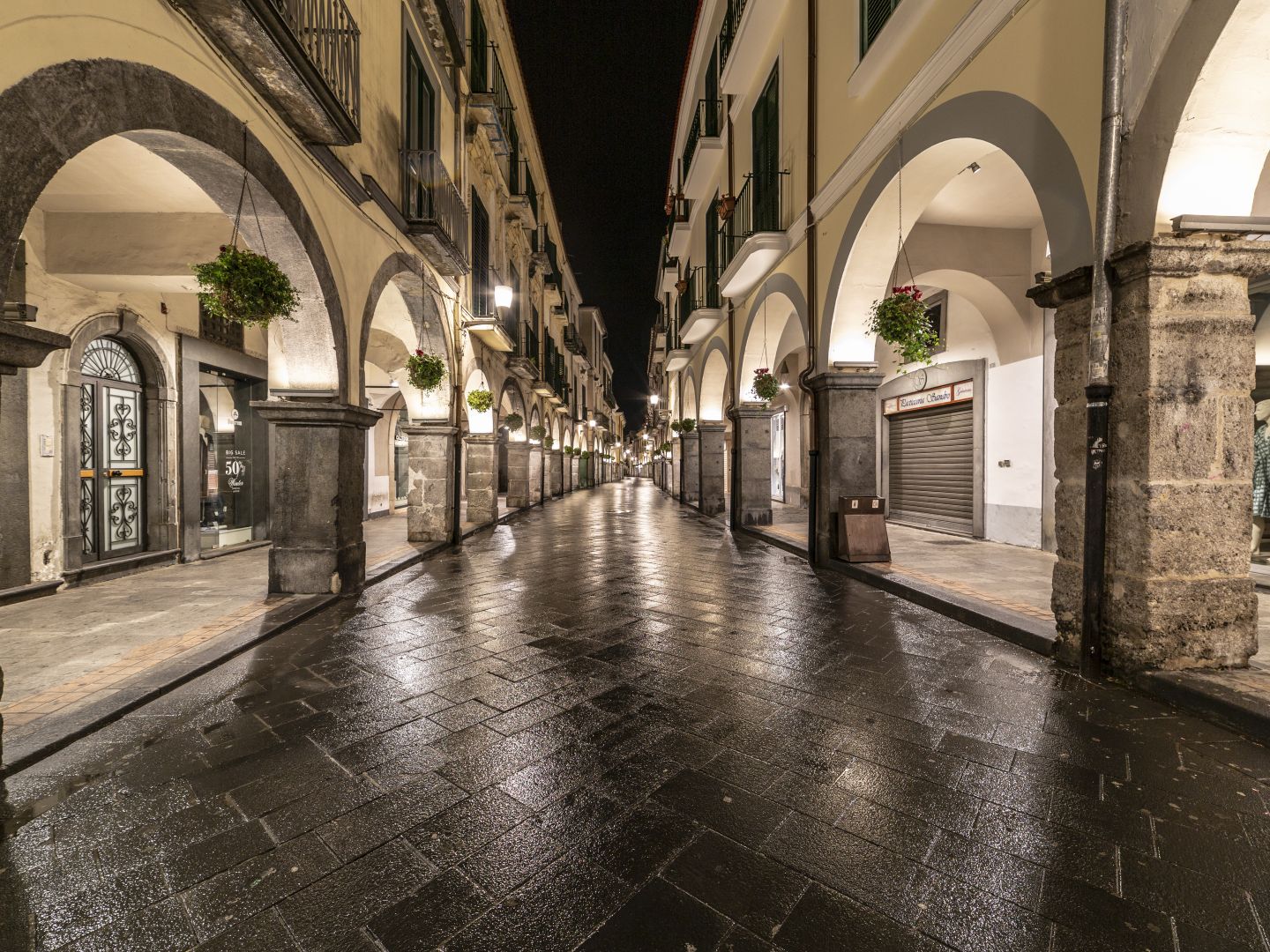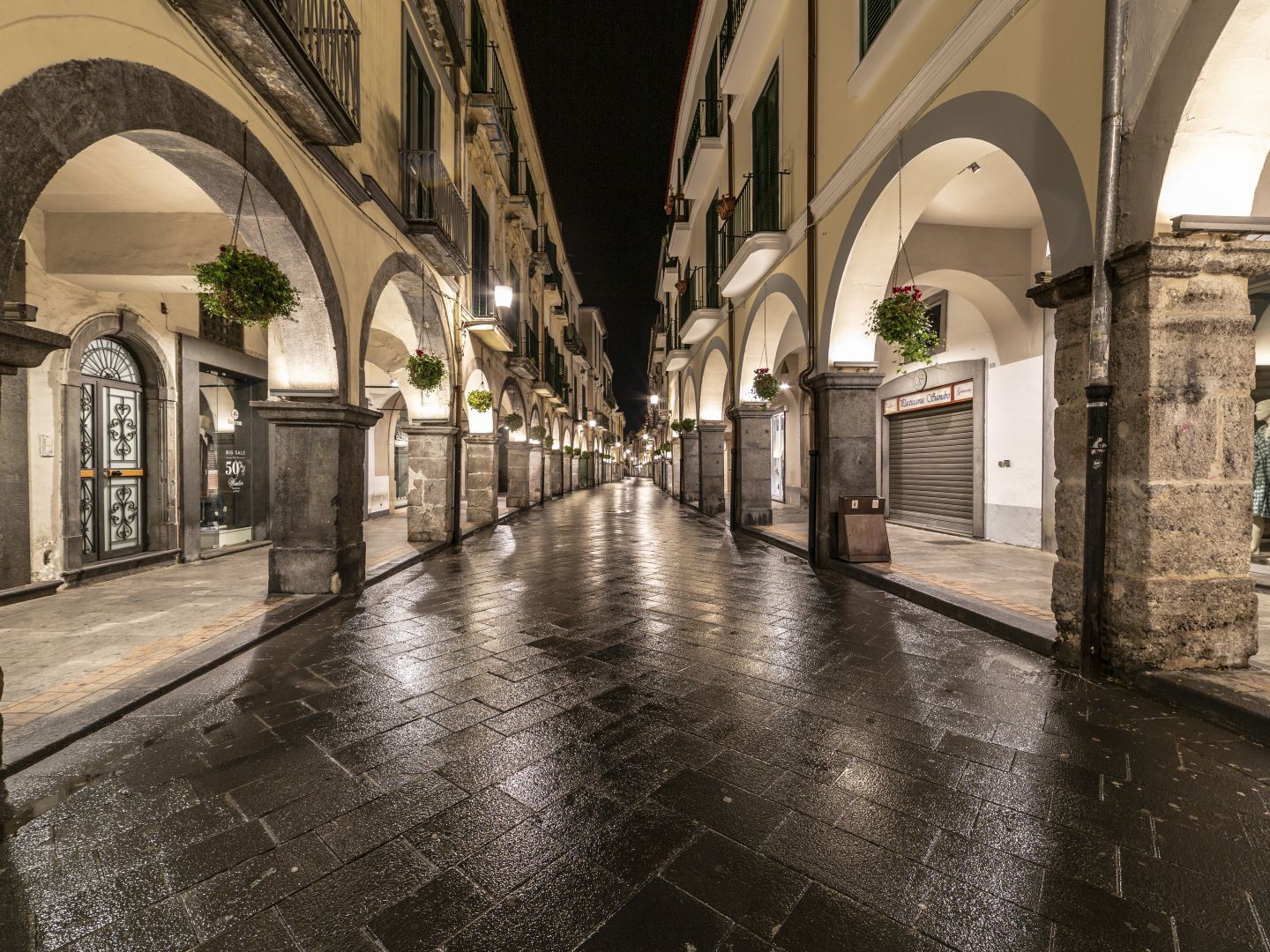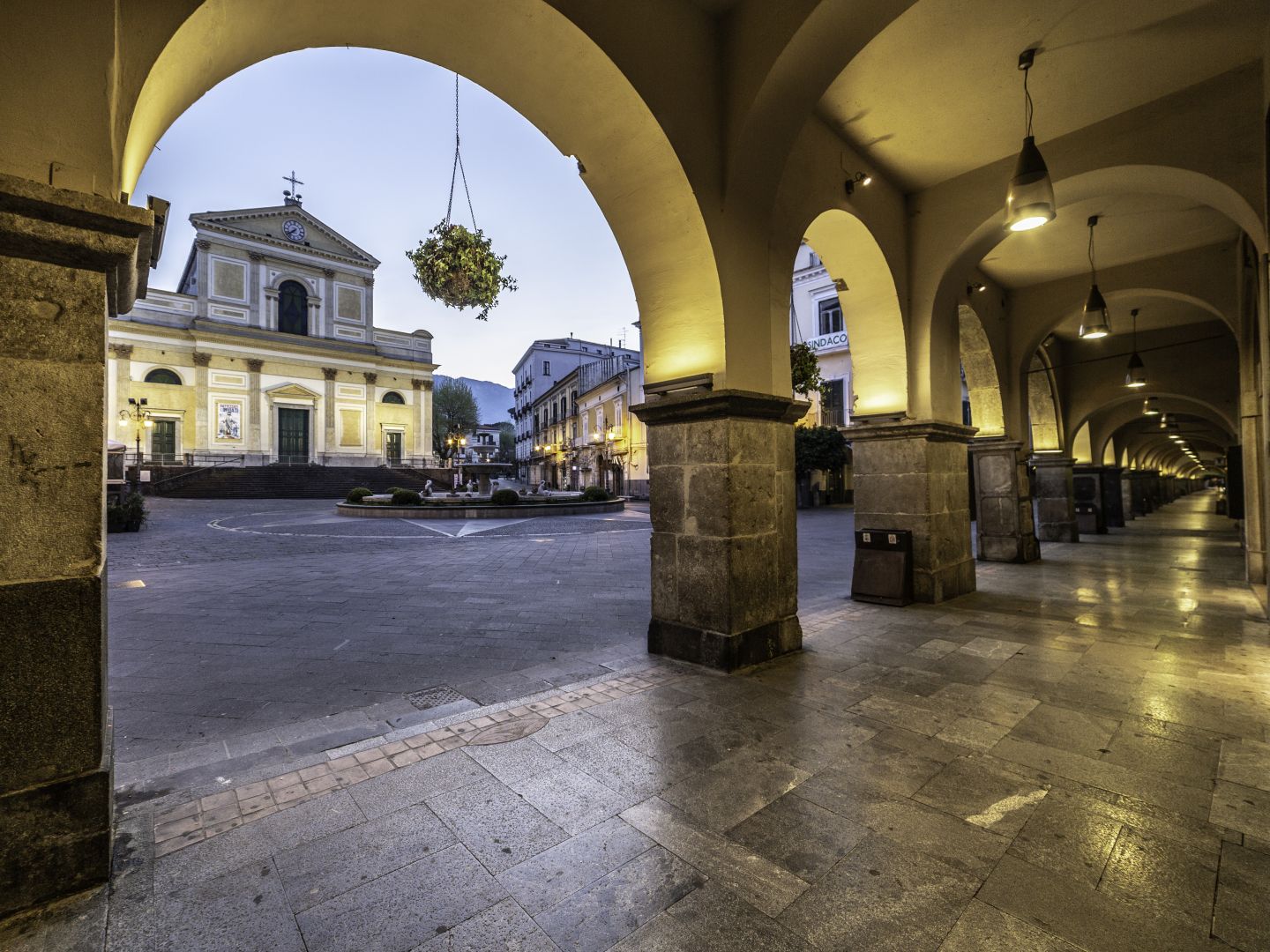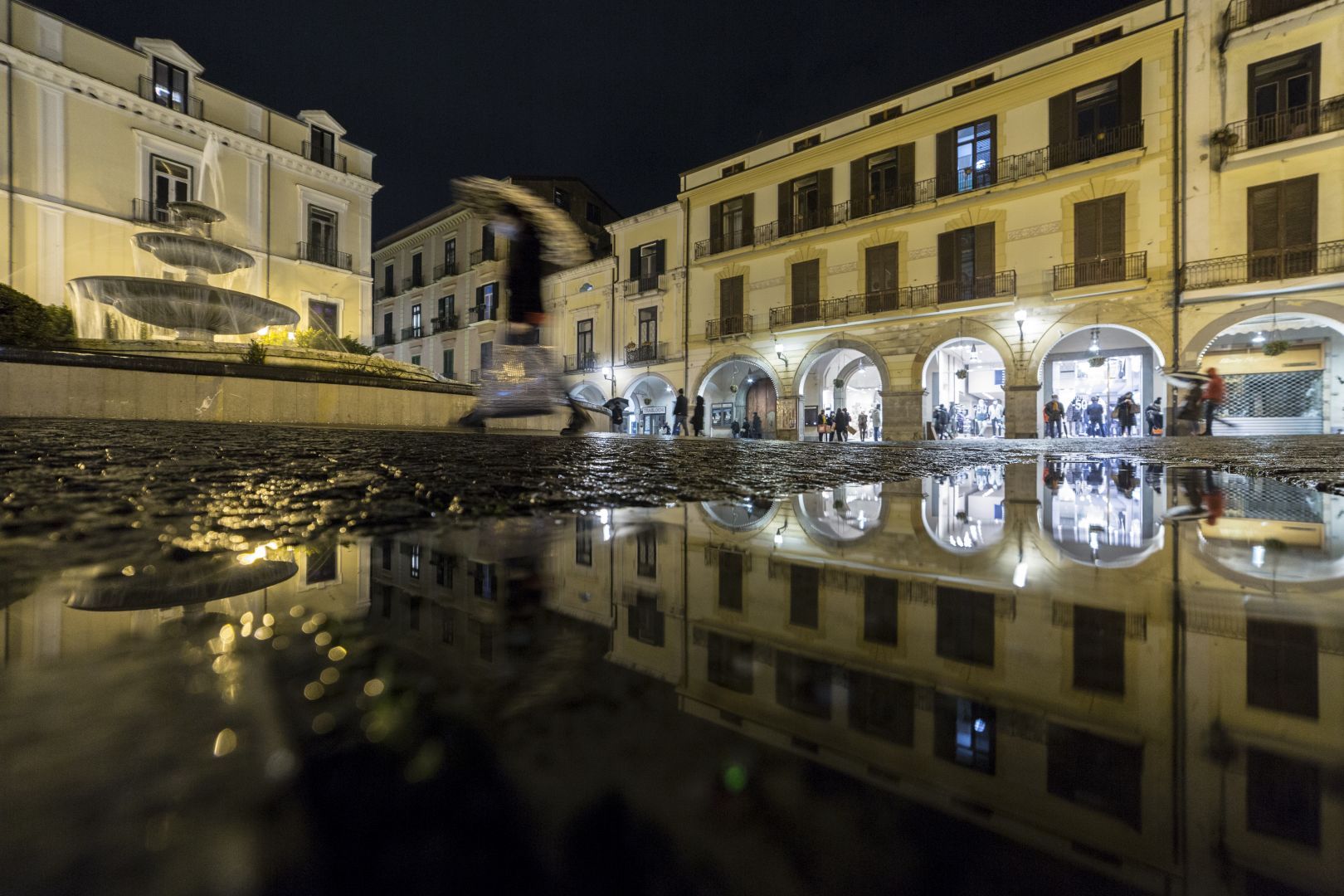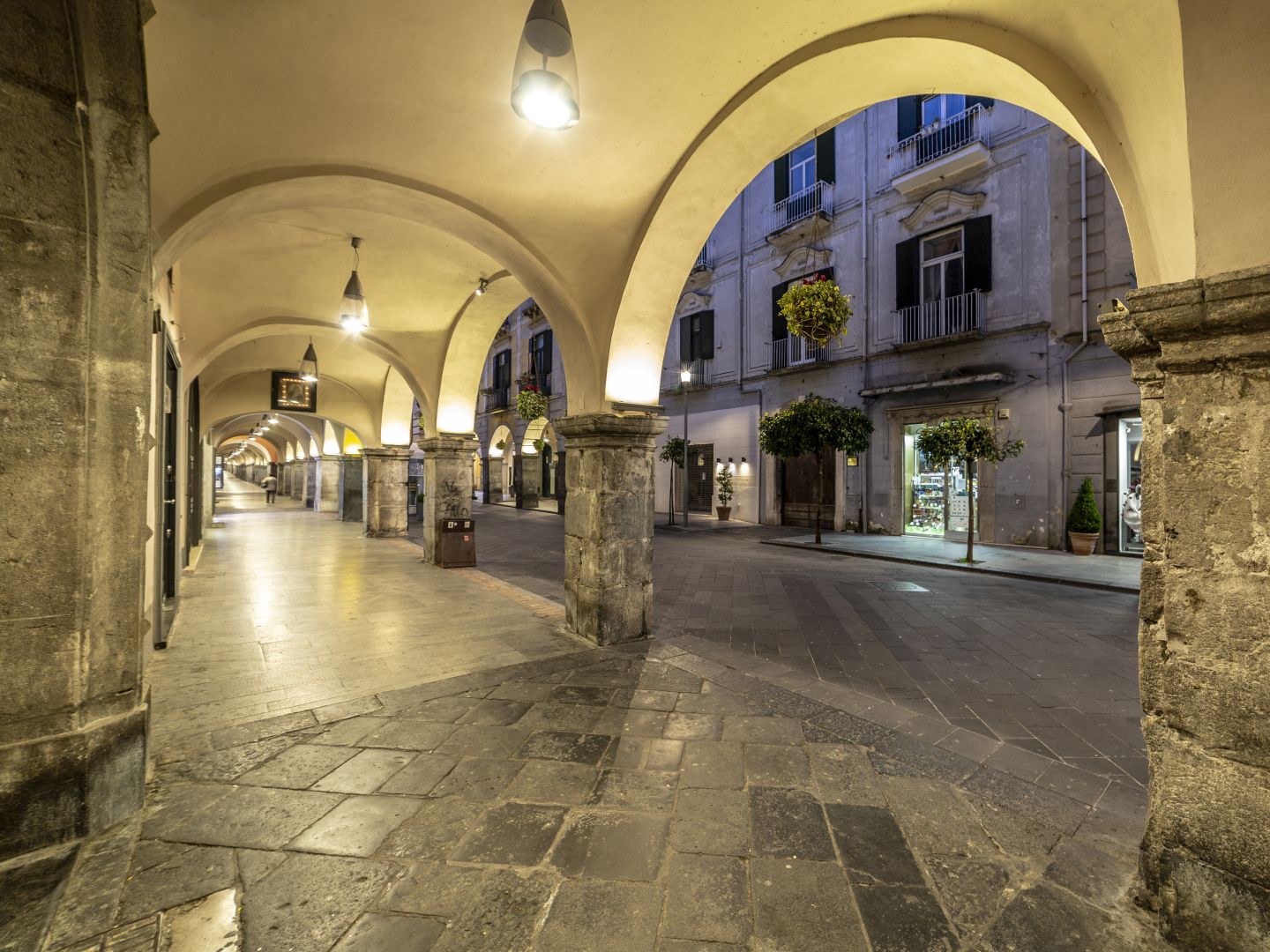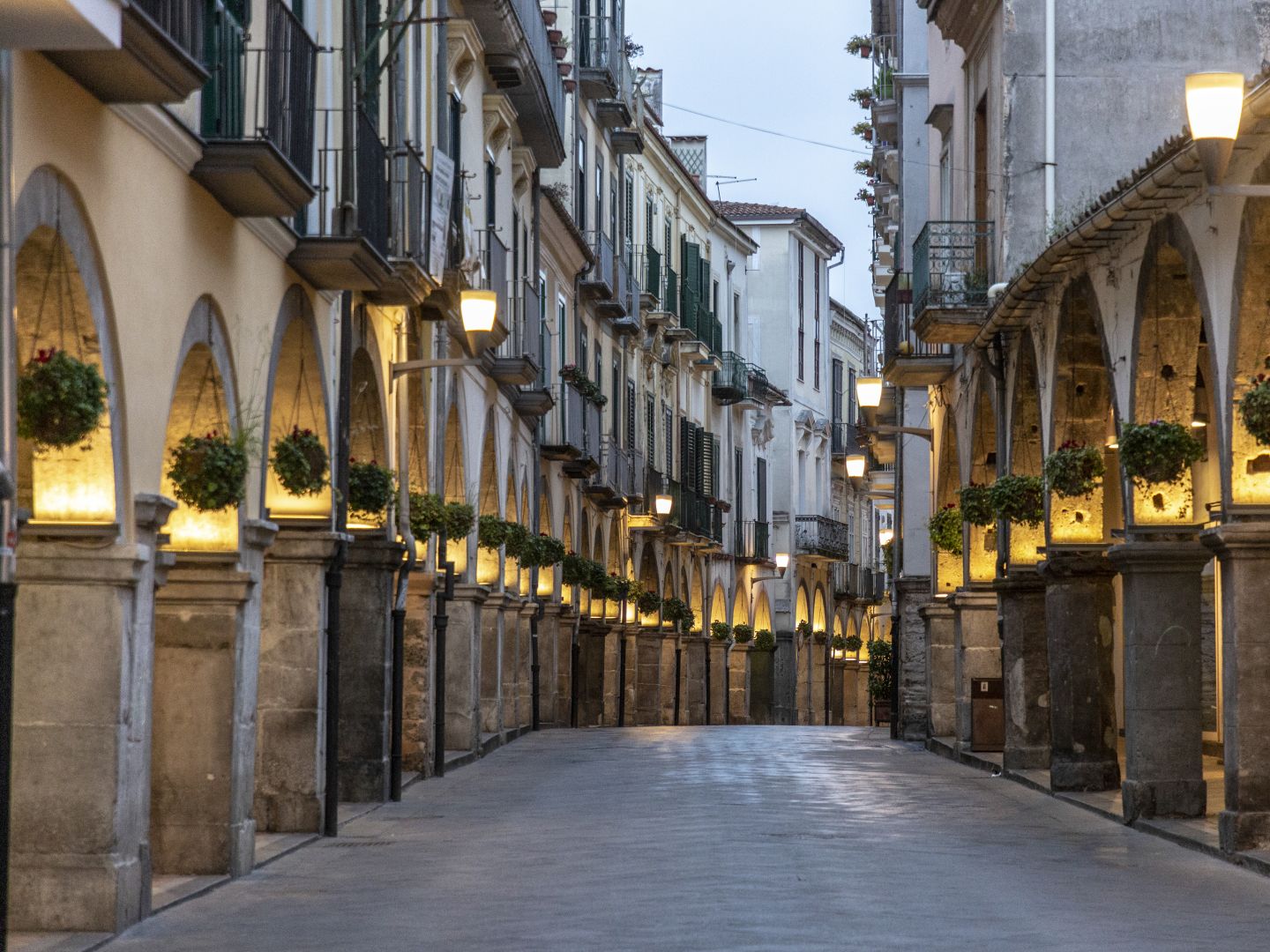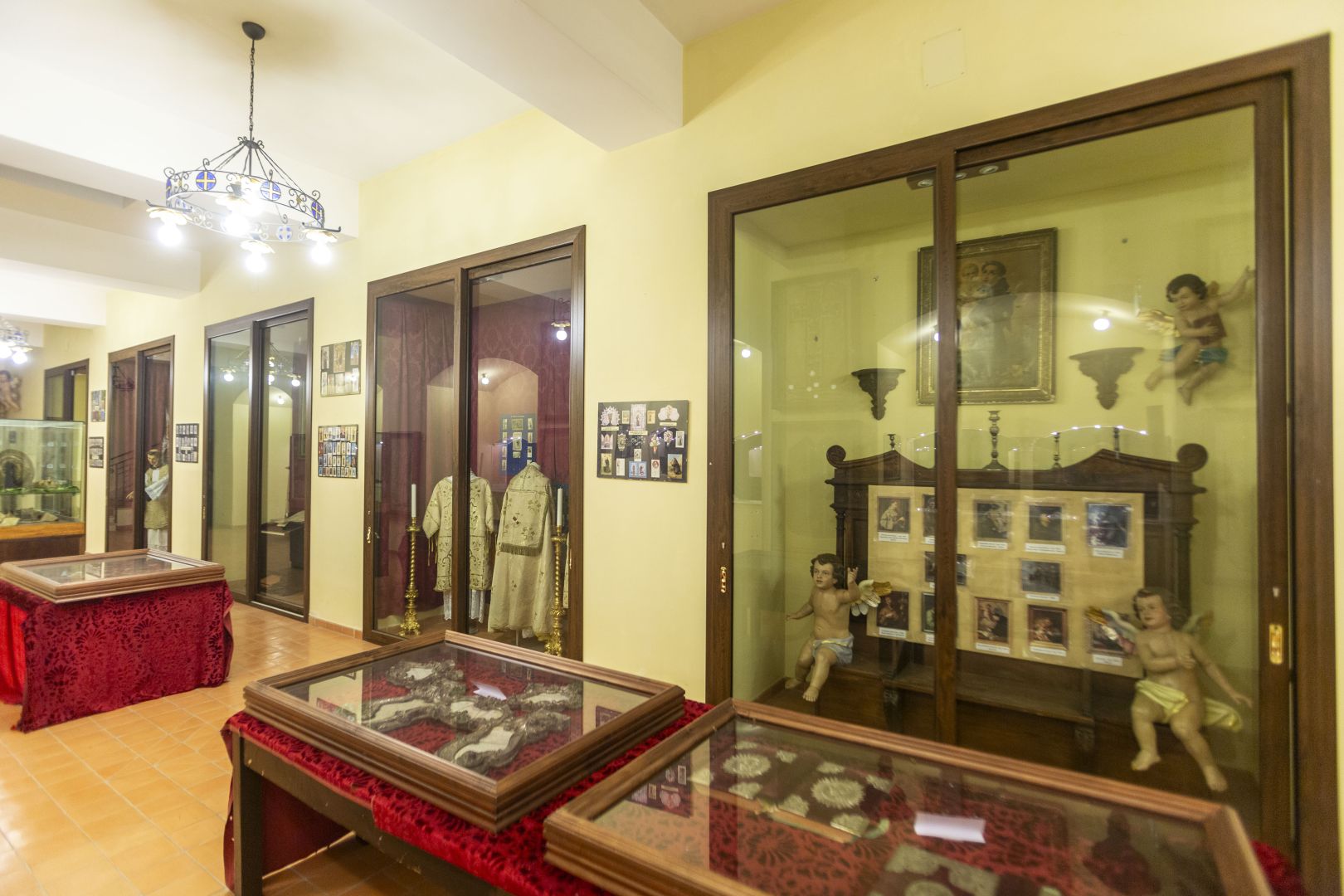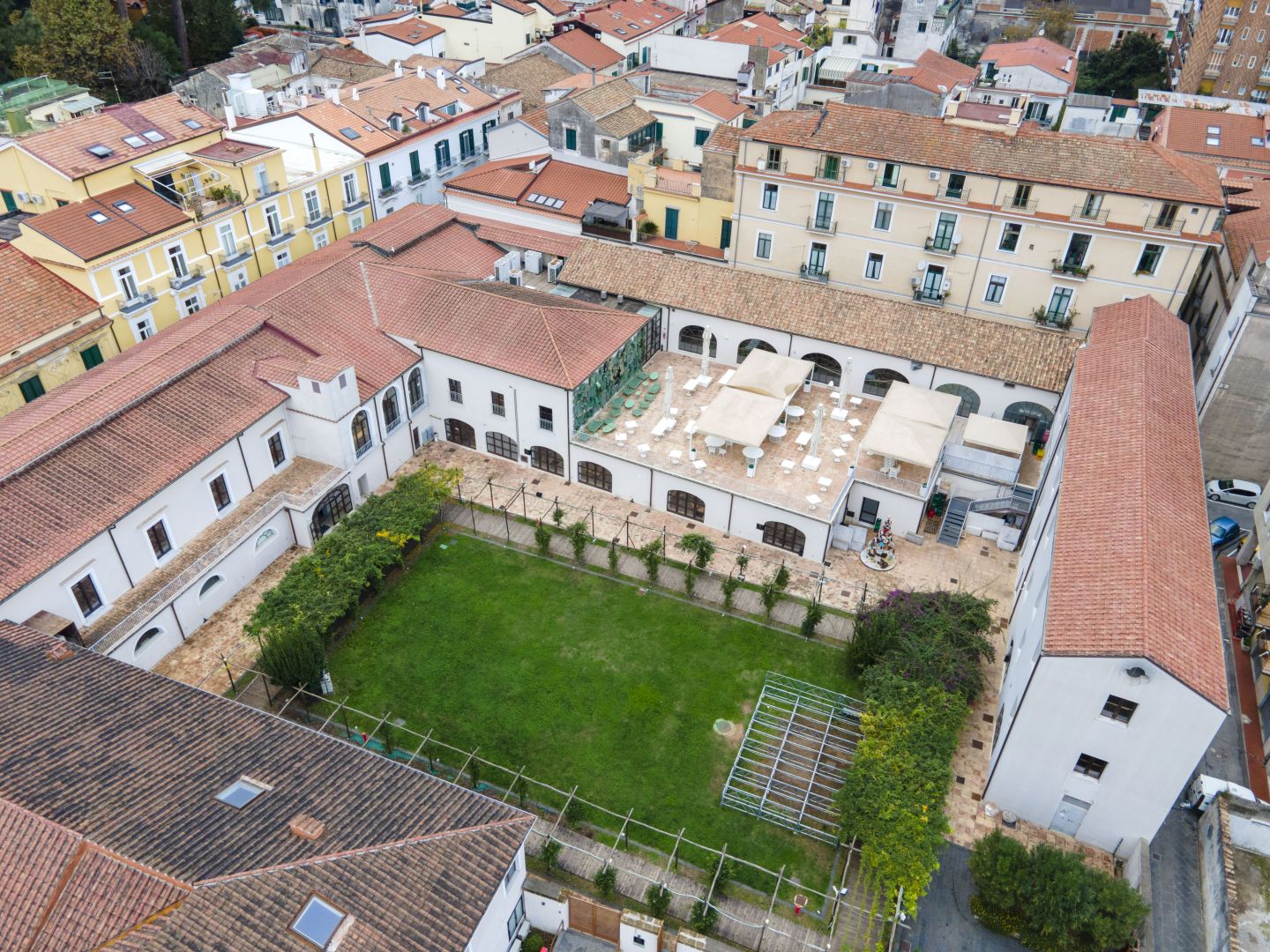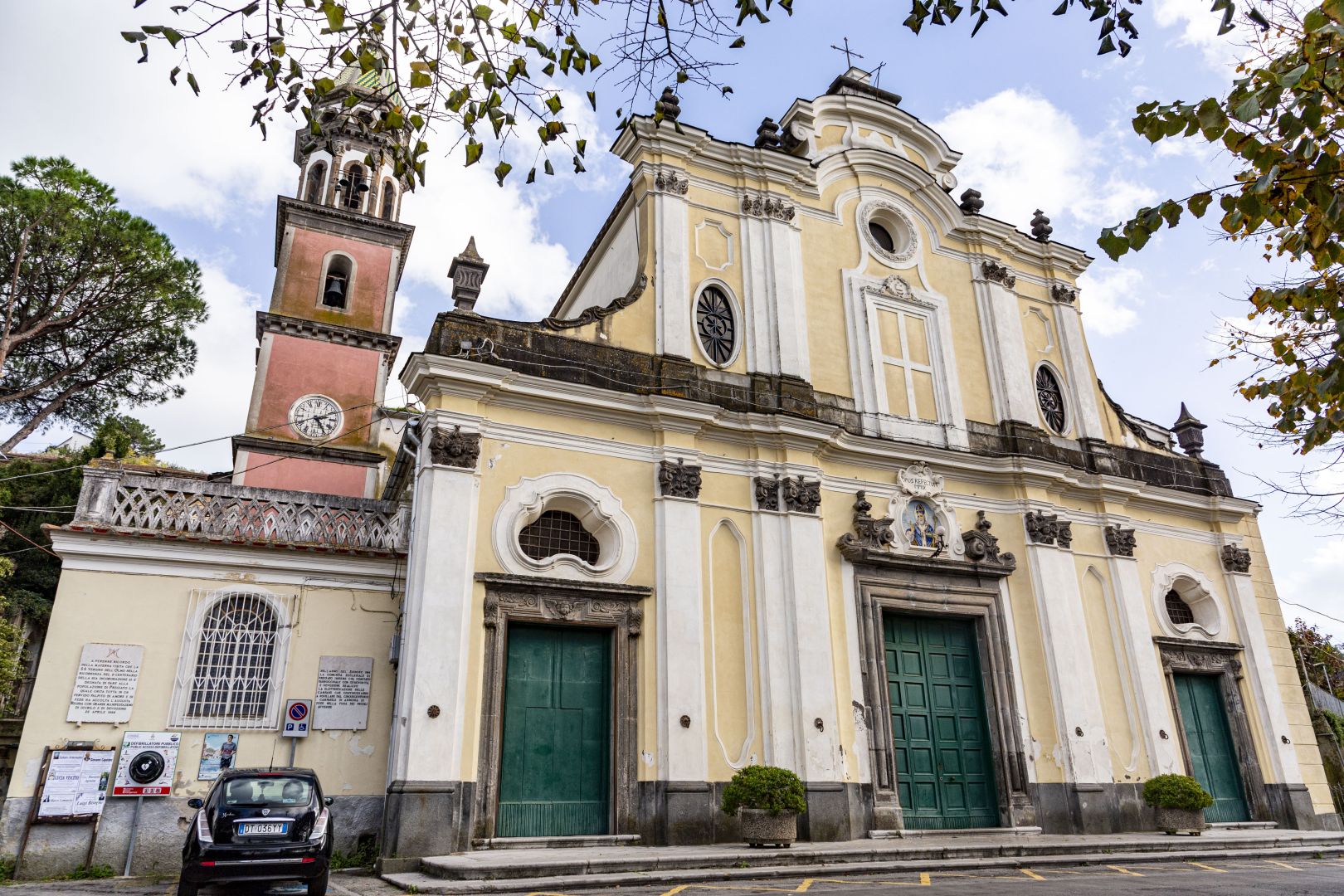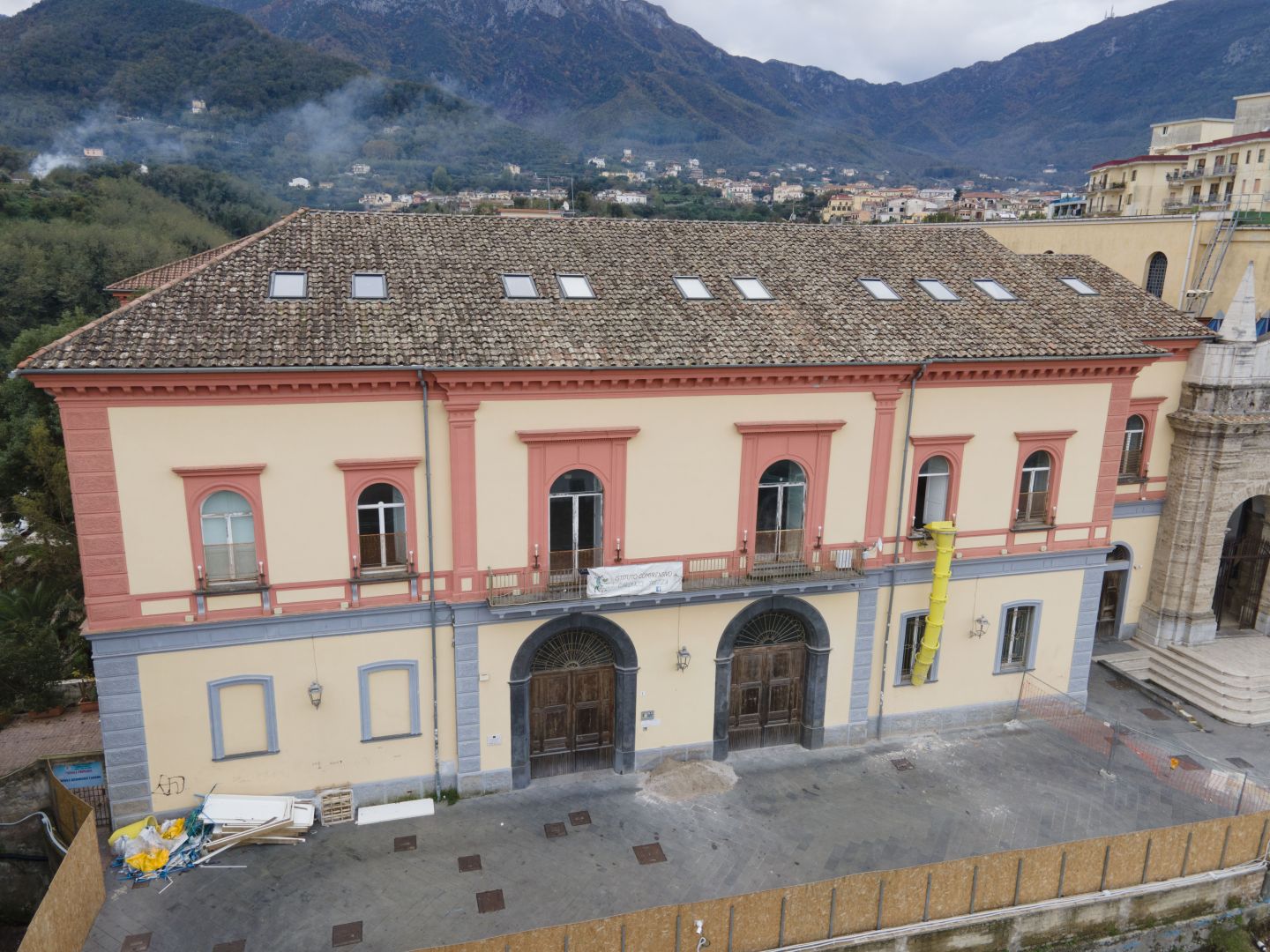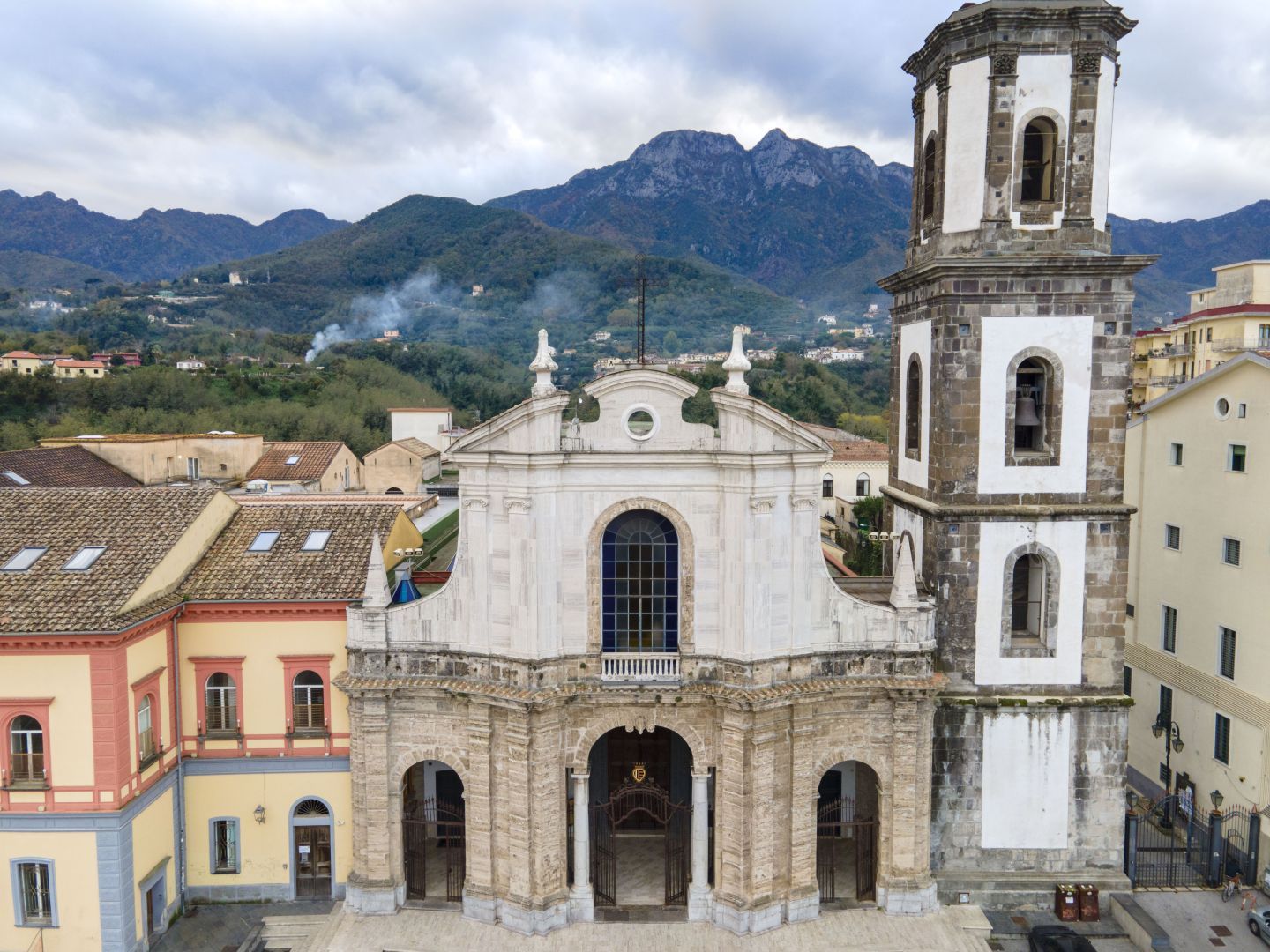Utilizziamo i cookies per offrirti la migliore esperienza sul nostro sito. Continuando a navigare, accetti l'utilizzo dei cookies.
Porticoed village
- Patrimonio architettonico
- Via della Repubblica, Rione Sala, Rotolo, Cava de' Tirreni, Salerno, Campania, 84013, Italia
Cava de' Tirreni, an enchanting Italian village in Campania, is known for its medieval porticoes that adorn the narrow cobbled streets. Surrounded by green hills and overlooking the Gulf of Salerno, the village offers a suggestive atmosphere. The arcades, testimony to its rich historical past, welcome visitors with a unique charm, offering shelter and creating a picturesque experience. The medieval architecture, characteristic alleys and vibrant local life make Cava de' Tirreni a jewel to explore in the region.
Description
The porticoed village of Cava de' Tirreni has its roots in the 12th century, when the toponym "Scacciaventi" appears in the registers of the Abbey of the Holy Trinity. Initially made up of shops along the ancient Via Caba, the village developed between the 14th and 15th centuries, becoming the economic hub of the Metelliana Valley thanks to the increase in commercial activities.
During the 15th century, the village evolved from a predominantly commercial settlement to a residential community. The "Casa Bottega" is born, in which the homes stand next to the shops, transforming the village into an increasingly complex urban centre. The portico, with its characteristic "pilieri" (typically medieval pillars), becomes the distinctive element of the local architecture.
In the 16th and 17th centuries, the village underwent Baroque influences in the facades of the buildings, while maintaining the porticoed structure. The earthquakes of the 17th century led to consolidation and renovation work, but the architectural typology persists, with porticoes dominating the facades of the buildings.
The village became the political and social center of the city in the 15th century, attracting nobles and bourgeois who transformed the residences into real palaces. Subsequent modifications include larger entrances, internal courtyards and rear gardens. The architectural history of the village is a journey through the centuries, maintaining the presence of the characteristic porticoes, witnesses of a cultural heritage that has resisted the tests of time.
Reviews
Login to write a reviewThere are no reviews yet
